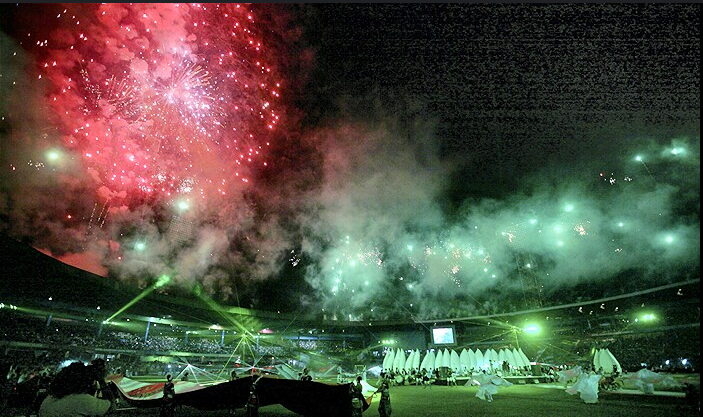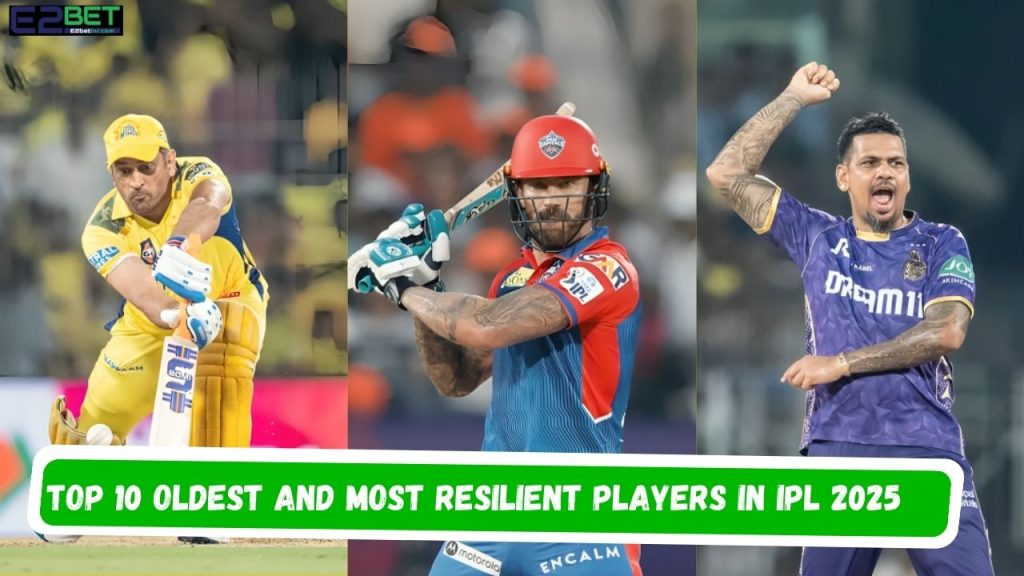Once imagined as cricket’s answer to football’s Champions League, the Champions League Twenty20 (CLT20) was launched with grand vision and global ambition. But within just a few years, it faded into obscurity, buried under the shadow of the Indian Premier League (IPL). This is the full tale the highs, the hopes, and the heartbreak—of The Rise and Fall of CLT20.
A Dream Born from IPL’s Success
In 2008, the IPL redefined cricket. Packed stadiums, Bollywood glamour, and unmatched fan loyalty made it an instant success. Riding this wave, the BCCI, Cricket Australia, and Cricket South Africa came together in 2009 to create a global T20 league: the CLT20.
The idea was brilliant bring together the best domestic T20 teams from across the world and let them battle it out on a global stage. It was cricket’s equivalent of the UEFA Champions League. Thus began The Rise and Fall of CLT20.
Season 1: Fireworks and Fissures

CLT20 2009 launched in India with 12 teams, including IPL sides, Australia’s NSW Blues, and Trinidad & Tobago. The tournament featured some thrilling cricket, with NSW Blues winning the inaugural title.
But while cricketing quality was top-notch, attendance was lukewarm. Stadiums in India were half-filled even when Indian teams played. For a country crazy about cricket, this was the first sign that something wasn’t right. Still, hope remained high in The Rise and Fall of CLT20.
Seasons 2 to 4: Popularity Dips, Ratings Crash
In 2010, CSK lifted the trophy. MI followed in 2011, and Sydney Sixers triumphed in 2012. But the fan interest dipped sharply despite big names like Dhoni, Tendulkar, and Bravo gracing the tournament.
TV ratings declined year after year. Matches hosted in cities like Raipur and Mohali saw minimal buzz. Even cheaper ticket prices couldn’t pull crowds. It was now becoming evident that The Rise and Fall of CLT20 wasn’t just beginning it was accelerating.
Why the Magic Never Caught On
So, what went wrong?
Unlike the IPL, CLT20 lacked emotional connection. In IPL, fans cheered for their city, their region, their heroes. In CLT20, a Trinidad team playing in Hyderabad against an Aussie club held no local value. Foreign teams had no fan base in India.
Moreover, players who had built strong bonds with IPL teams were now scattered across different CLT20 outfits, confusing fans. This disconnect played a central role in The Rise and Fall of CLT20.
A Desperate Twist: The Qualifiers
In 2011, organizers added a new format Qualifiers. A fourth IPL team could now qualify, adding more Indian representation. This should’ve increased local interest.
But it didn’t.
Fans still didn’t turn up. Watching Mumbai Indians play an unknown South African side didn’t evoke the same emotion as a CSK vs RCB clash. The identity crisis of CLT20 remained unresolved, further deepening the cracks in The Rise and Fall of CLT20.
CLT20 2014: One Final Attempt
In 2014, the tournament returned with aggressive promotion and a star-studded lineup. CSK, KKR, Kings XI Punjab, and other global champions featured in the lineup. Matches began in Raipur, where surprisingly the smaller city filled the stands.
But the main venues Bangalore, Mohali, Hyderabad remained silent. Chennai Super Kings eventually lifted the 2014 title, but it felt like a closing scene that no one was watching. This was the most visible climax of The Rise and Fall of CLT20.
The Silent Burial in 2015
By mid-2015, CLT20 was unceremoniously axed. No tribute, no farewell just a cold announcement that the tournament was being discontinued. Cricket’s most ambitious T20 experiment was officially declared dead.
The IPL thrived, the Big Bash flourished, but CLT20 a tournament that once aimed to unite champions became a forgotten ghost. This final curtain call sealed The Rise and Fall of CLT20.
The Forgotten Legacy

Though it didn’t succeed commercially, CLT20 did have its moments:
- Young stars like Kieron Pollard and Sunil Narine became household names.
- Trinidad & Tobago’s fairytale run in 2009 remains legendary.
- CSK, MI, and NSW Blues added international flavor to domestic cricket.
But for every cricket fan who ever watched it, The Rise and Fall of CLT20 remains a haunting reminder of how even great ideas can fail if they miss the heart of the audience.
Could CLT20 Be Revived?
It’s unlikely. The IPL now dominates the cricket calendar, with other leagues like SA20, BBL, and PSL filling the rest of the year. But if ever cricket governing bodies reimagine a global league with emotional fan connect and clever format tweaks, maybe the spirit of CLT20 could be reborn.
Until then, The Rise and Fall of CLT20 will remain a cautionary tale of ambition undone not by quality, but by connection.
READ MORE:


